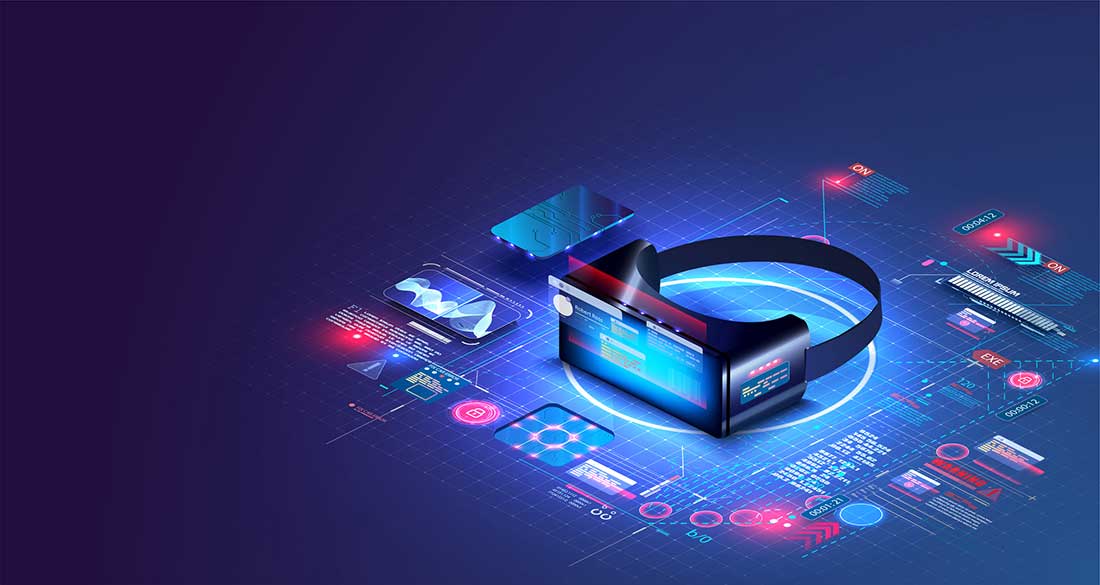You have thought leadership inherent in your organization. It’s locked in the heads of your colleagues who possess the knowledge and skills that make your organization run. Add in a bit of structure to channel this thought leadership online and you have the ingredients of an internal influencer program.
An internal influencer program targets thought leaders within your organization and develops their social media skills to increase their online footprint. Your internal influencers shouldn’t directly promote your organization; they should represent the deep expertise within it. The goal is to elevate them to known experts in their field, complete with followers and an active network of other influencers.
Influencers Validate Your Organization’s Expertise
In B2B transactions, customers are often buying an organization’s smarts as well as its products; this is particularly true for service organizations which rely exclusively on employees’ skills and knowledge to provide value.
“Developing your own internal influencers can be particularly impactful in B2B environments where relationships really matter,” says Heather Mackey, Director of Content at Tendo Communications. “Internal influencers can humanize your company by putting a real face on it, which builds trust and credibility.”
Customers considering a large B2B transaction conduct a lot of research and know marketing fluff when they hear it. Fostering internal influencers allows authentic voices to represent your company, and potential customers respond to authenticity more than marketing. Committing the time and resources required to boost your firm’s thought leaders is a long-term strategy that can produce long-term gains.
Create Structure to Support Your Company’s Influencers
Experts in their field (beyond the field of marketing, that is) don’t always count social media as a job duty. To tease out and amplify your experts’ insights, you’ll need to create a support program that turns them into online influencers. Support might range from creating and posting content on their behalf to simply providing feedback on how they’re engaging online. How much support and structure you provide will depend on the influencers’ skill level and time availability, as well as your overall program goals.
Here are three basic components to address:
-
Identify Your Internal Influencers
A successful internal influencer program relies first and foremost on selecting the right candidates. You need enthusiastic participants who are not only committed to putting in the time required to build an online audience, but are also comfortable in the spotlight and knowledgeable enough in their field to be able to converse confidently—and sometimes off the cuff—on relevant topics.
“It’s hard to fake an opinion on a complex topic, especially in a tweet,” says Mackey. “Canned content is easy to detect. Instead, you want authentic content from real experts in their fields.” And eventually, you’ll want your internal influencers to engage in social media on their own without your guidance, which is why real domain knowledge is the most important factor in selecting candidates.
-
Define Your Influencers’ Topic Areas
Ideally, you should identify your thought leadership topic areas based on business need, and then find internal influencers to represent those topics. However, the subjects you cover will depend on the candidates you find, so maintain flexibility. Once you’ve identified your candidates and what they’ll represent, help define the topic areas by gathering a list of publications, hashtags, and other relevant content sources that the influencers should follow.
You also need to understand and be able to articulate the influencer’s point of view. Hold onboarding sessions to walk candidates through the influencer development process, but also to hear them explain their perspective in their own words. You may be providing content for their social accounts and suggesting responses to engagement opportunities, so it’s important to be able to guess how they might actually respond and what content they might genuinely find worthwhile.
-
Provide Coaching and Support for Your Influencers
Some of your influencer candidates may already be active on social media and just need some help focusing their efforts; others may be stepping into social media in a business context for the first time. Assess your candidate’s social media skill level so that you can craft the level of support they’ll need.
Depending on where a candidate is starting, support types might range from providing basic tools and training to creating and posting content on the influencer’s behalf to demonstrate best practices. Regardless of the starting point, it’s always a good idea to hold regular check-ins to provide ongoing training, track progress, and share learnings.
Keep in mind that building an online audience takes time. Patience, persistence, and consistency will help you sustain the long-term effort needed to build a successful internal influencer program.
To read more about influencer marketing, check out 3 Reasons B2Bs Should Jump on the Influencer Marketing Bandwagon.









